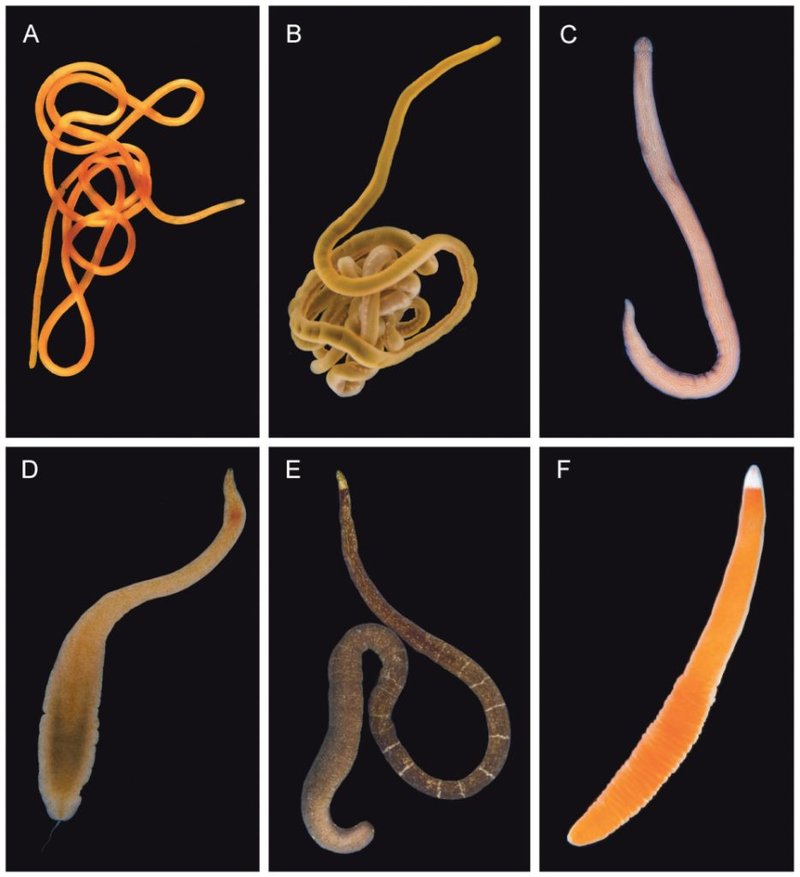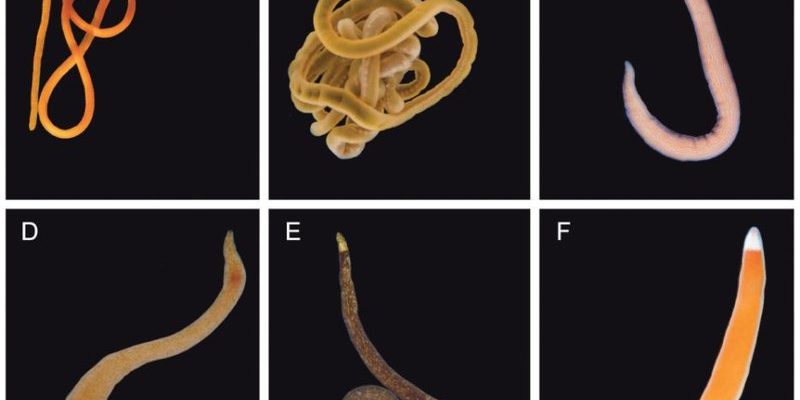
So, how do we categorize these intriguing animals? Classification isn’t just about naming; it’s a way of understanding their relationships, behaviors, and environments. It’s kind of like figuring out where everyone fits in a big family reunion. Let’s dive into the exciting world of ribbon worms and see how they’re classified within the broader umbrella of Nemertea.
What Are Ribbon Worms?
Ribbon worms are aquatic organisms that can be found in marine, freshwater, and even terrestrial environments. They are part of a group known as Nemerteans, which includes about 1,300 species. These creatures are typically characterized by their elongated, flattened bodies, which can vary in color and size. You might spot them in tide pools, shallow waters, or even on the ocean floor, gliding gracefully as they hunt for food.
Unlike many other worms, ribbon worms possess a unique feature called a proboscis. This is a long, extendable tube-like structure that they can shoot out to capture prey. It’s a little like having a built-in fishing rod! They often feed on small invertebrates, and their hunting style is quite effective. Imagine a sneaky hunter, patiently waiting for the right moment to snatch up its meal.
Additionally, these worms have a simple yet fascinating body structure. Their bodies are divided into segments and are made up of three primary layers: the epidermis, the muscle layer, and the gastrodermis. This layered design allows for flexibility and movement, making them agile predators in their watery homes.
Classification of Ribbon Worms in the Animal Kingdom
Ribbon worms fall under the animal kingdom, which is the broadest category in biological classification. Within this kingdom, they are placed in the phylum Nemertea. Phyla are like the first big family divisions in our classification system, grouping together organisms based on some shared characteristics. So, what makes Nemerteans special?
Nemertea is a small phylum but is distinct in many ways. The members of this group share similar body structures and share common features, such as the presence of a proboscis. In terms of classification, most of the ribbon worms fit into three large classes: Anopla, Enopla, and Hoplonemertea. Each of these classes contains unique families and species that have distinct traits and lifestyles.
For example, Anopla ribbon worms typically lack a hard shell and are known for their flat bodies and flexibility. Meanwhile, Enopla ribbon worms might have a more robust structure and often display a more specialized proboscis. These classifications help scientists understand how different species have adapted to their environments over time.
How Ribbon Worms Are Further Classified
Moving further down the classification ladder, we delve into the classes and orders. Each class is divided into different orders, and that’s where things can get really interesting. For instance, in the class Enopla, you have orders like Hoplonemertea, which includes some of the most recognizable ribbon worms.
Each order contains specific families, which further categorize the worms based on more detailed characteristics. This might include variations in size, color, habitat, and behaviors. It’s kind of like organizing your books: first, you sort by genre, then by author, and finally by title.
Here’s a quick overview of how ribbon worms might be classified:
- Phylum: Nemertea
- Class: Anopla, Enopla, Hoplonemertea
- Orders: Various orders within each class
- Families: Further breakdown into unique families
This systematic classification helps researchers in studying these creatures and understanding their ecological roles. It provides valuable insights into how they fit into their ecosystems, which is crucial for conservation efforts.
Distinct Features of Ribbon Worms
One of the most striking features of ribbon worms is their proboscis. As previously mentioned, this tool is not just for show; it’s vital for survival. The proboscis is equipped with different types of cells, some of which can paralyze prey. Think of it like a superhero’s special power—this adaptation allows them to hunt effectively in various environments.
In addition to the proboscis, ribbon worms have a closed circulatory system, setting them apart from many other worm types. Unlike earthworms, which have an open circulatory system, ribbon worms circulate blood through vessels. This efficiency is significant for their active predatory lifestyle and helps them thrive in diverse habitats.
Their body structure is also noteworthy. Ribbon worms have a ciliated epidermis, or a layer of tiny hair-like structures that aid in movement and feeding. Imagine gliding along the water with the help of little paddles! This adaptation allows them to navigate their aquatic environments smoothly.
Ecological Importance of Ribbon Worms
Understanding ribbon worms and their classification isn’t just about biology; it’s also about ecology. These creatures play a crucial role in their ecosystems, often acting as both predators and prey. As predators, they help control populations of smaller invertebrates. Meanwhile, they serve as food for larger animals, contributing to the food web.
Their presence can indicate the health of an ecosystem. For example, a decline in ribbon worm populations might suggest changes in water quality or habitat destruction. Scientists often monitor these worms to gauge the overall well-being of marine environments. This connection reinforces why studying their classification is more than just academic—it has real-world implications.
In intertidal zones, ribbon worms can also aid in the decomposition process. By consuming dead organic matter, they help recycle nutrients back into the ecosystem. Every little bit counts, right? Every species has its role, and ribbon worms are no exception.
Ribbon worms are more than just curious creatures floating around in our waters. Their unique classification in the phylum Nemertea reveals much about their biology, habitats, and ecological roles. By understanding how these worms are categorized, we gain insights into their lives and the environments they inhabit.
Next time you see a ribbon worm, take a moment to appreciate the complexity behind its existence. Their remarkable adaptations and contributions to their ecosystems highlight the beauty of biodiversity in our world. Knowing about their classification is like having the key to a fascinating story, and it opens up a world of wonder you might not have considered before.

